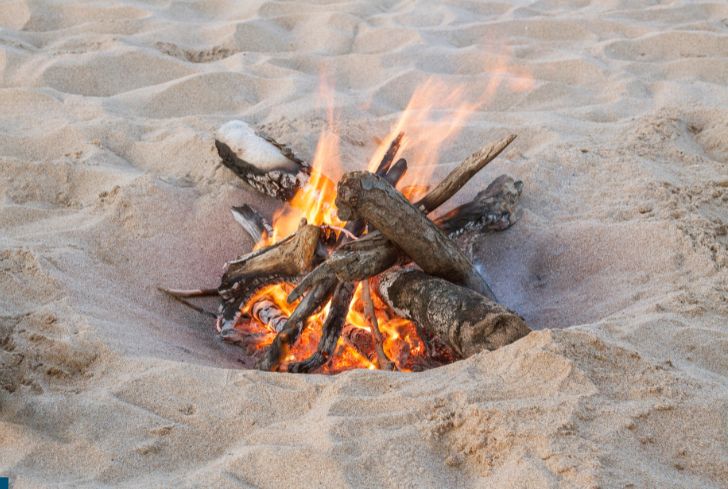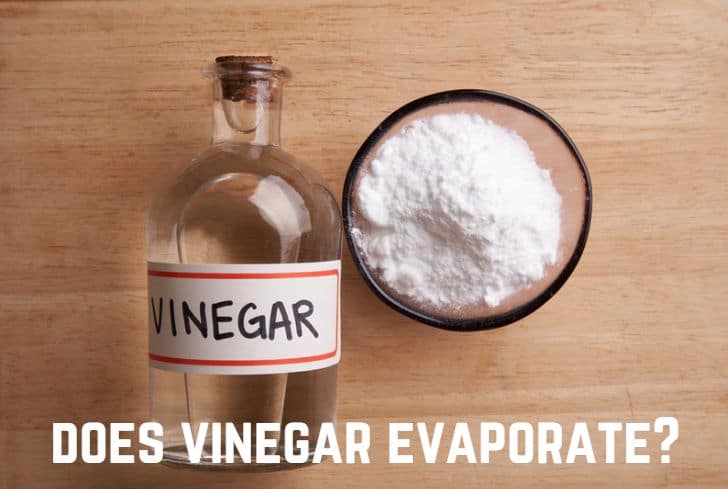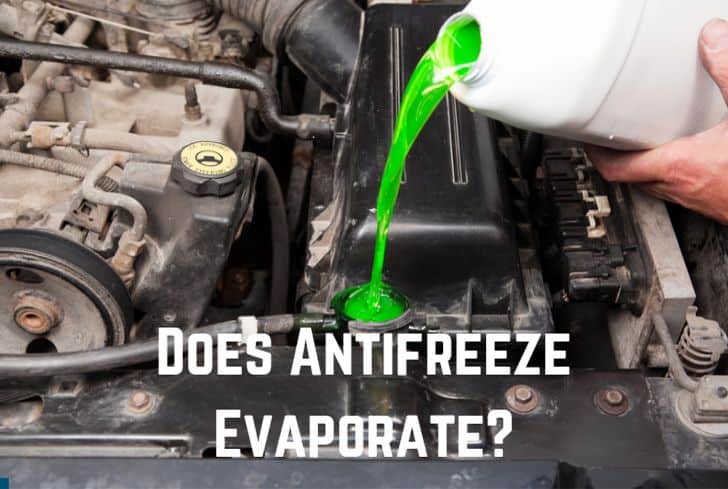Is Sand Flammable? (And Melting Point of Sand?)

Who doesn’t love taking a stroll on a sandy beach? Not only is sand fun to walk and play on, but it is also the principal component in the making of glass. But have you ever wondered if it is a potential fire hazard? How can we ensure that we are safe around sand?
In this article, we are going to discuss whether sand is flammable or not. We will begin by looking at the chemical composition of sand. Then we will find out what happens when you burn sand and the applications to which this can be put. Finally, we will talk about sand’s relationship with water.
Does Sand Burn?
No, sand does not burn. This is because it has already been oxidized to the highest state, and cannot burn any further. The most common constituent of sand is silica or silicon dioxide (SiO2), which is what you get when you burn silicon in the air. So, we can say that sand is already “burned”, and therefore, cannot catch fire again.
But this does not mean that sand cannot melt. Any substance, if subjected to a high enough temperature, will inevitably melt. To transform sand into its liquid state, you need to heat it above 1700°C. This is roughly the same temperature that a space shuttle experiences when it re-enters Earth’s atmosphere!
Why would anyone melt sand? Well, because it serves as the principal component of glass. When sand is subjected to extreme heat, it loses its crystalline structure and becomes an amorphous solid.
This is a somewhat middle-state between a solid and a liquid, with some crystalline structure of the former and some molecular variation of the latter. The amorphous solid is then treated chemically to strengthen the surface of the glass.
What is the Chemical Composition of Sand?
Sand is a granular material composed of tiny rocks and minerals. Its granules are smaller than gravel but coarser than silt. Sand is not a single element but a mixture of different substances that are not chemically bonded to each other. Because sand is a mixture, it does not have a fixed chemical composition.
Its constituents vary, depending on the local conditions and rock sources. Its most common constituent in non-tropical coasts and inland continental areas is silica (silicon dioxide, SiO2) in the form of quartz.
Calcium carbonate is the second most common substance found in sand. Aragonite, created over 500 million years by various life forms like shellfish and coral, is a form of Calcium carbonate that is present in the sand. This kind of sand is common in areas which have reefs, such as the Caribbean.
In rarer cases, sand can be made up of calcium sulfates such as selenite and gypsum. White Sands National Park in the United States has this kind of sand.
Sand is an important non-renewable resource. It serves as a constituent of concrete and is therefore of great significance in the construction industry. The composition of desert sand is not suitable for construction purposes, which is why fossil and beach sand are in huge demand.
What Happens When You Burn Sand?
Nothing. The sand will not burn. This is because the most common constituent of sand is silica or silicon dioxide (SiO2), which is already oxidized. When you try to burn it, it cannot oxidize further, so it won’t burn. In simple terms, sand is already “burnt”, and so cannot be burnt again.
But, if the temperature is high enough, sand will break down and melt. This cannot happen in an everyday setting. If you have ever walked on the beach, you would know how hot the sand can be without breaking down.
To melt sand, you need a temperature greater than 1700°C. This process is usually done in specialized furnaces to turn sand into glass.

What is the Melting Point of Sand?
Sand is a mixture of substances (tiny rocks and minerals), which does not have definite chemical properties. But, since silica is the most common constituent of sand, we can estimate that the melting point of sand will be similar to that of silica, that is, around 1710°C.
Sand is the primary component in the creation of glass. It is usually mixed with recycled glass and then charged in a furnace at over 1700°C. This forms molten glass, which is taken out of the furnace, given a shape, and then cooled down.
This glass is often processed further to create special properties such as increased strength and greater resistance to damage. Additional substances like cobalt or iron oxide are also added to give the glass blue or green color.
Can You Use Sand to Extinguish the Fire?
Yes, sand can be used to extinguish the fire because it does not burn. It is primarily made up of silica (SiO2), which is already oxidized and therefore not flammable. This is why they are used in fire buckets, which are used to extinguish the fire. They serve as a cheap, easy-to-use, and reliable way of preventing fire hazards.
Although sand fire buckets have largely been replaced by more advanced forms of firefighting technology, they still retain some unique advantages. They are simple, affordable, and easily refillable. They are placed near barbeques, petrol filling stations, and army barrack blocks.
How Does Sand Stop the Fire?
Fire requires three things to burn: fuel, heat, and oxygen. The absence of even one element will extinguish the fire. When a bucket of sand is dumped on the fire, it blocks the supply of oxygen and extinguishes it. The sand itself does not contain any flammable material, which is why it can carry out this task.
Oil fires cannot be extinguished with water, and this is where sand fire buckets come in very handy. They starve the fire of oxygen and effectively extinguish it. Modern foaming agents have largely replaced the use of sand fire buckets, but they still are helpful in certain situations.
For example, if you are cooking outside, and a minor fire accident occurs, a bucket of sand will immediately help put it out. Other expensive firefighting technology may not be present in your backyard, but a sand fire bucket is easily affordable.
Moreover, sand from the fire bucket also absorbs spills of flammable liquids. This reduces the risk of further ignition or explosion, making the situation less dangerous. At petrol filling stations, sand buckets not only stop fires but can also be used to absorb fuel spills.
But it is important to consider that the sand residue will be left after you dump it over a fire. So, if there are other firefighting alternatives available, you might want to use those, as they won’t require you to clean up the residue afterwards.
How Much Heat Can the Sand Hold?
Sand can hold heat for hours because it has a low heat transfer coefficient of 0.06 watts per square meter of degree Celcius. So, sand can retain heat for a very long time, which is why beaches in hot countries remain warm even after sunset. It also has low specific heat, so it gets warm quite quickly.
Specific heat refers to the amount of heat energy needed to increase the temperature of a substance. A substance with high specific heat, such as the ocean, requires a high temperature to get warm. Sand, on the other hand, gets warmed at a comparatively lower temperature.
A container with 1 kilogram of sand will take 5-6 hours to cool down from 40° C to 20°C. Sand not only retains heat for a long time, but it is also extremely resistant to heat. It does not burn because it is mainly composed of silica (SiO2), which is already oxidized. Because of its inflammability, sand can be used to extinguish fires.
Is Sand Soluble in Water?
No, sand is not soluble in water. When mixed with water, it suspends in it and eventually settles at the bottom of the container. This is in contrast to salt and sugar, which dissolve completely. Sand does not dissolve in water because the bonds of water are not strong enough to dissolve it.
Water forms strong covalent bonds, and this is why it makes a good solvent. Stronger solvents can dissolve substances with weak (usually ionic) bonds. So, water easily dissolves sugar because the covalent bonds of water break through the ionic bonds of sugar.
In the case of sand, however, the bonds of water are not strong enough to dissolve sand. But some strong acids do have the potential to dissolve sand. This is why there are fears that the increasing acidification of oceans can bring severe environmental damage. It can ultimately lead to the dissolving of coral reef sands.
Conclusion
In this article, we have discussed whether sand is flammable or not. Because its primary constituent is silica (SiO2), which is already oxidized, sand cannot burn. This is why it works as an effective firefighting method, which can extinguish fires by cutting off the oxygen supply and absorbing flammable liquids. Under extreme temperatures, sand melts, and this helps us to manufacture glass.






